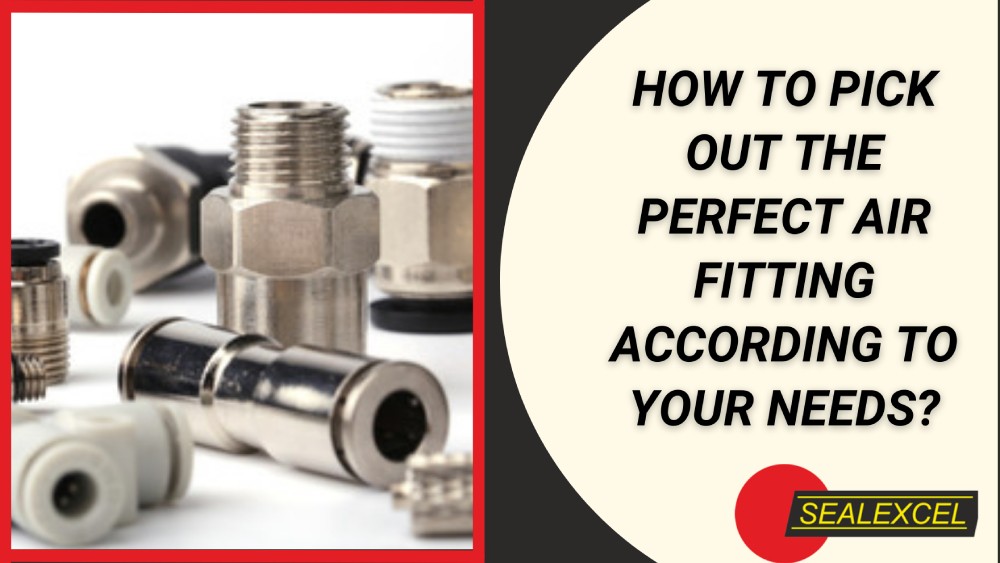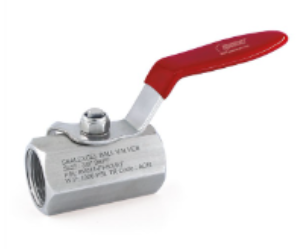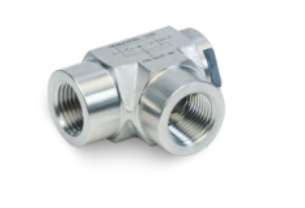Instrument Fitting – What Do You Need to Know?
October 27, 2021
How to Pick Out the Perfect Air Fitting According To Your Needs
March 4, 2022What exactly are pneumatic fittings?
Pneumatic power systems are mechanized or automated processes or devices that use pressured gas or compressed air to drive motion. Hydraulic systems provide an apparent counter-reference here, in which motion is propelled by fluid kept under identical compression pressures inside a sealed system.
The term pneumatic refers to electricity transmission by the controlled movement of pressurized gases. The compressed gases that power the requisite mechanisms are often transferred to where they are needed by an airtight network of rigid pipes, sturdy hoses, or lengths of flexible tubing in any pneumatic pipe fittings.
What Kinds of Pneumatic Fittings Are There?
Types of Pneumatic Fittings
Now that you understand the various vessels to which you will be fitting, we can move on to the different kinds of pneumatic fittings and their appropriate uses. The sort of connection they will create and the purpose of the link generally characterize them.
Ball and Sleeve Fittings
These connectors link an outer sleeve to an inner ball. To join and separate the two ends, the sleeve retracts. Pneumatic pipe fittings are often used as a push-to-connect. This makes them especially suitable when hose systems are often disconnected and reconnected.
Compression Fittings
A compression fitting is any fitting that employs compression force to join two vessels. This category includes a wide range of pneumatic fittings, each with its use.
Standard Compression Fitting
Metal gaskets, rings, or ferrules are used in these fittings to establish a compression seal on a vessel. A nut is often tightened over the fitting to compress the vessel within.
Standard compression fittings do not need any special equipment to install, making them an excellent choice if the machine will be in the field and not accessible to specialized tools.
Flare Fittings
These feature a body with a coned or flared end. Installation necessitates specific flaring tools to position the vessel within the flared end of the fitting. This creates a solid and long-lasting seal.
Crimp Fittings
Place the hose over the tube end and crimp against it using a sleeve, ring, or crimp socket to secure it. You will need a crimping tool or a machine to make the connections.
End Fittings
In particular, types of pneumatic systems offer specialized surfaces for connecting the vessels. You will use either a clamp end, which allows a hose or tube to be clamped over the item itself, or ends that are joined permanently via glue, welding, or another method.
Threaded Fittings
The threaded pneumatic fitting features screw-top heads and can take vessels with matching threads. Depending on the sort of seal you want, the threads might be straight or tapered. These threads offer a dry fit, which means they do not need the use of a sealant, which might cause contamination or corrosion in specific systems.
Pneumatic fitting may be connected to the various conduit and device types, such as hoses, tubing, and pipe, at different places throughout air-powered systems. The operating pressures required by the system will primarily determine the optimal pneumatic fitting for your intended application and working environment.
However, while selecting a specific pneumatic pipe fittings type, it is also crucial to consider the conduit pushing the compressed air through on each side of the fitting in the issue. Different materials will have other qualities, frequently deciding the best choice of fitting to utilize.




